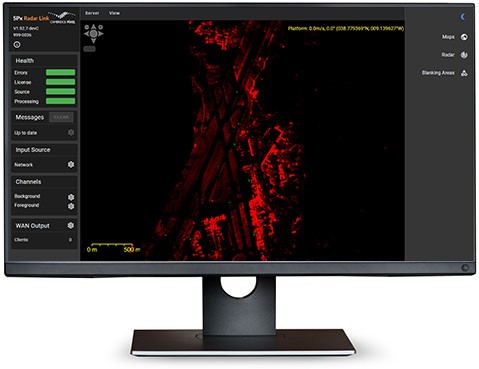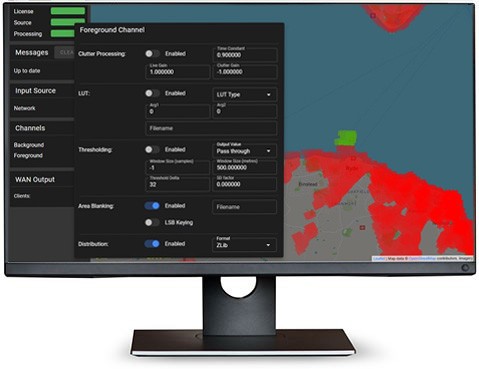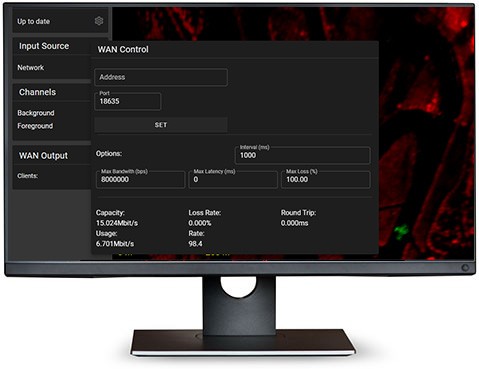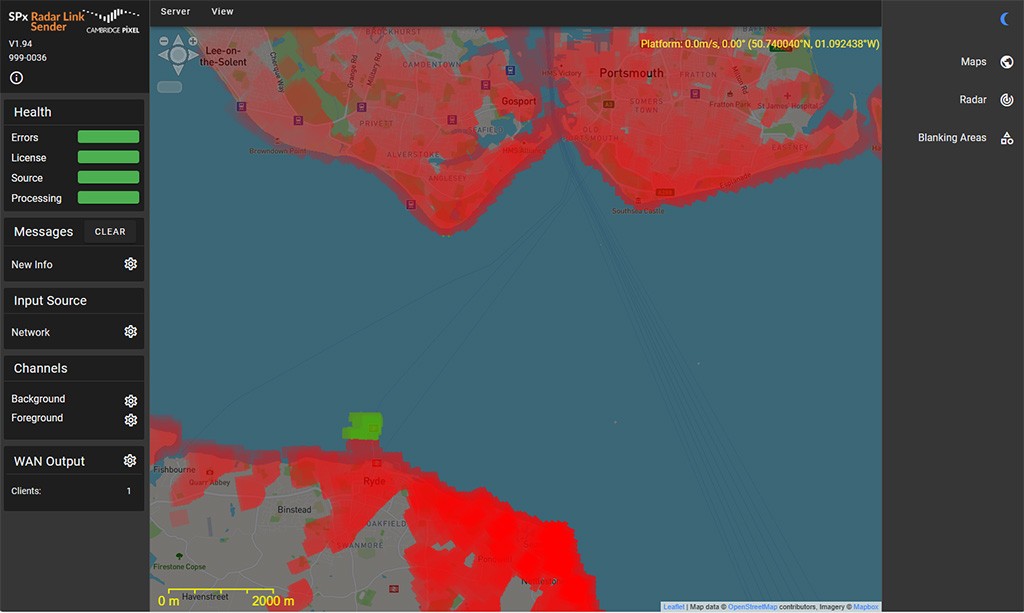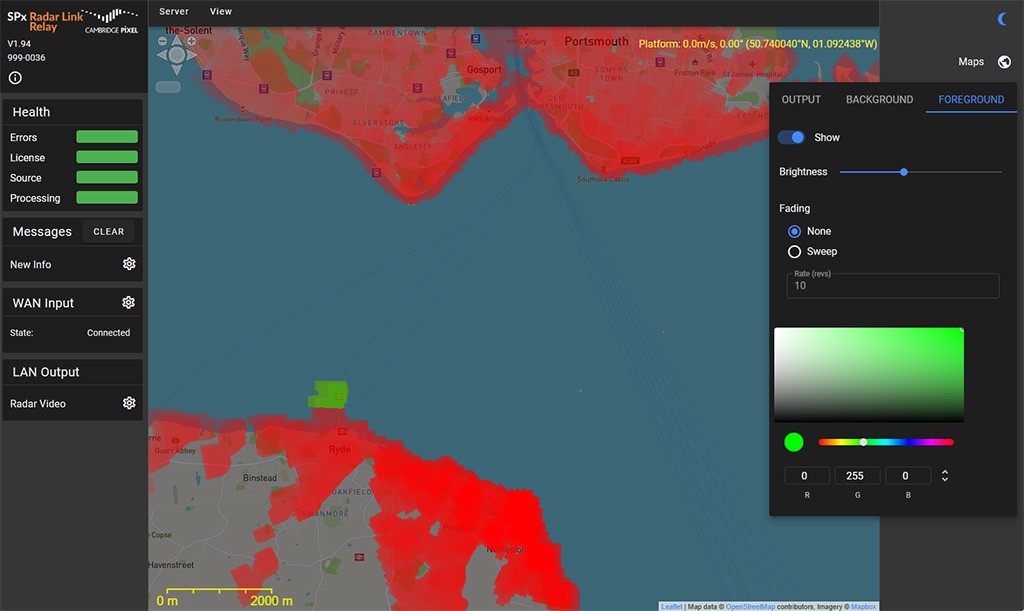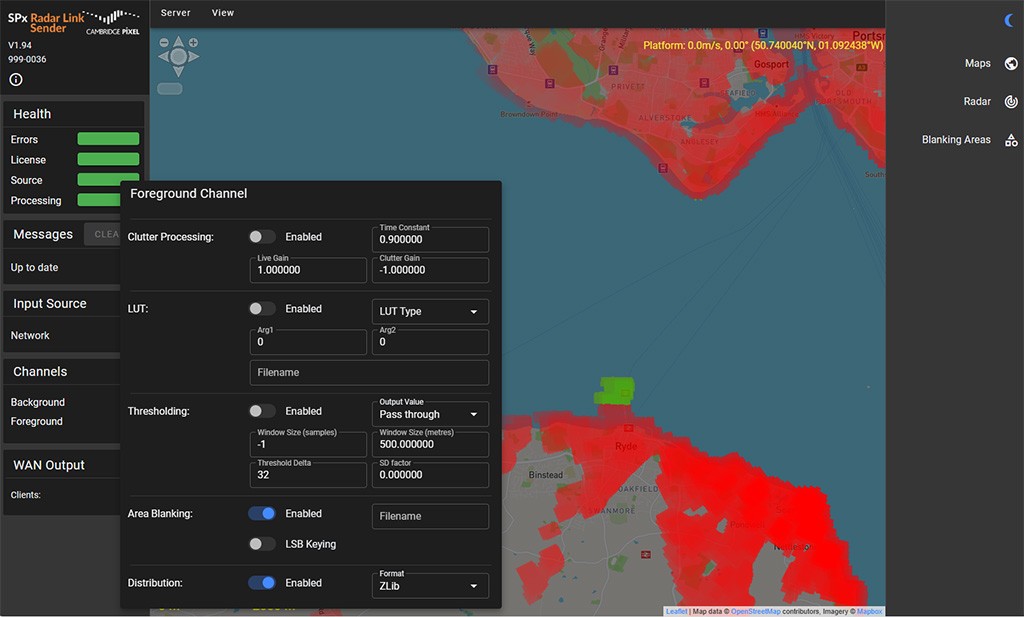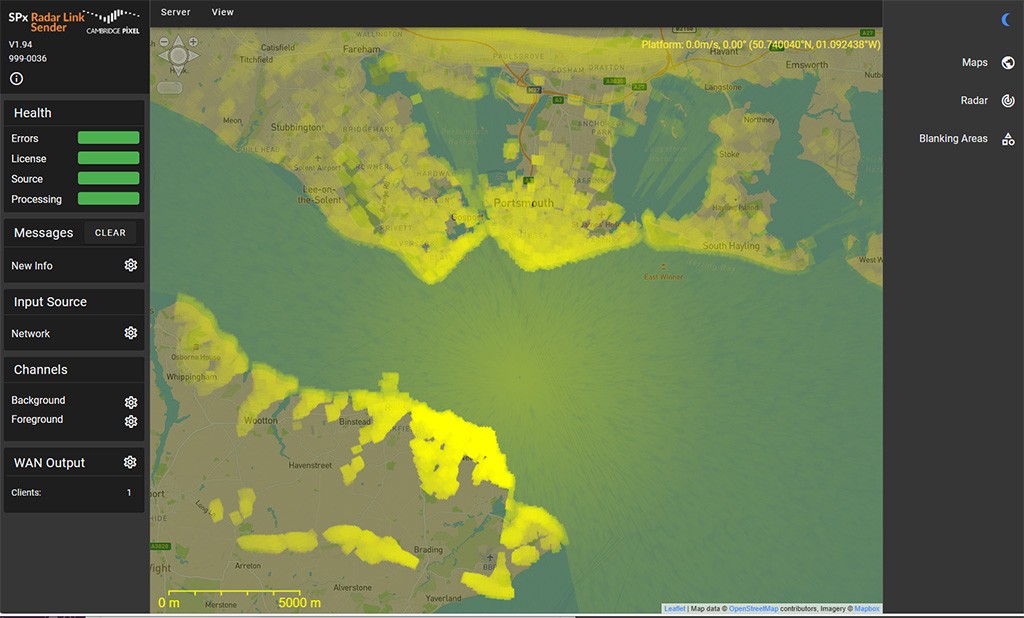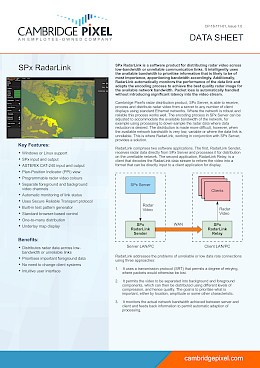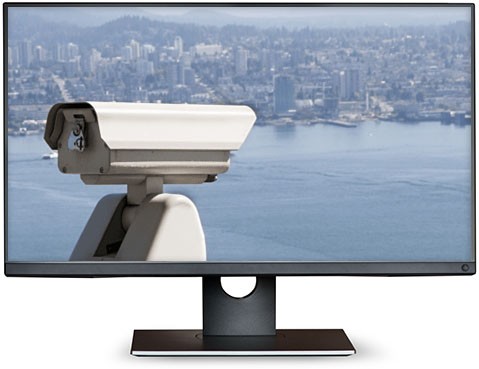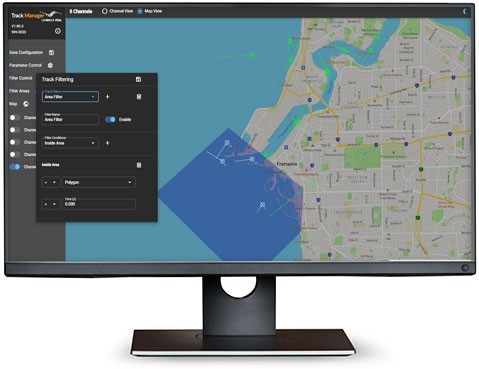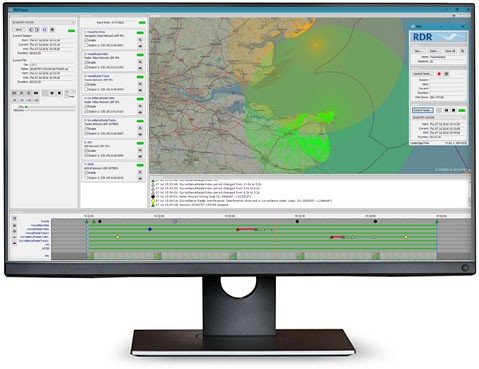Usage with SPx Server
Cambridge Pixel's radar distribution product, SPx Server, is able to receive, process and distribute radar video from its host machine to any number of client displays using standard Ethernet networks. Where the network is robust and reliable this process works well. The encoding process in SPx Server can be adjusted to accommodate the available bandwidth of the network, for example using processing to down-sample the radar data where data reduction is desired. The distribution is made more difficult, however, when the available network bandwidth is very low, variable or where the data link is unreliable. This is where RadarLink, working in conjunction with SPx Server, provides a solution.
RadarLink comprises two software applications. The first, RadarLink Sender, receives radar data directly from SPx Server and processes it for distribution on the unreliable network. The second application, RadarLink Relay, is a client that decodes the RadarLink data stream to reform the video into a format that can be directly input to a client application for display.
How it works
RadarLink addresses the problems of unreliable or low data rate connections using three approaches:
1. It uses a transmission protocol (SRT) that permits a degree of retrying, where packets would otherwise be lost.
2. It permits the video to be separated into background and foreground components, which can then be distributed using different levels of compression, and hence quality. The goal is to prioritise what is important, either by location, amplitude or some other characteristic.
3. It monitors the actual network bandwidth achieved between server and client and feeds back information to permit automatic adaption of processing.
The separation of video into foreground and background components, which are then transmitted separately, is a way of prioritising what is likely to be important and accepting that some components of the video picture can be sent with lower resolution (spatial decimation) or less frequently (temporal decimation) This allows important target information to be coded in the foreground, allowing targets to be clearly visible at best resolution and updated on each radar sweep. Video that is generally less important, such as coastline or clutter, is processed as background video and allocated less bandwidth.
Where network connections are unreliable (data packets may be dropped) there may be missing video in the recovered data stream. Although protocols such as TCP/IP are available to handle this and guarantee delivery, these are not appropriate for real-time data transfers. The UDP/IP protocol is simpler, but has no mechanism for recovering lost packets. RadarLink uses SRT (Secure Reliable Transport) over UDP to communicate between the server and the client. SRT is able to handle a low level of packet loss without introducing significant latency.
- Windows or Linux support
- Web-based Control Interface, featuring:
- Plan-Position Indicator (PPI) view
- Underlay map display
- Programmable radar video colours
- SPx input and output
- ASTERIX CAT-240 input and output
- Separate foreground and background video channels
- Automatic monitoring of link status
- Uses Secure Reliable Transport protocol
- Built-in test pattern generator
- Standard browser-based control
- One-to-many distribution
Benefits
- Distributes radar data across low bandwidth or unreliable links
- Prioritises important foreground data
- No need to change client systems
- Intuitive user interface

